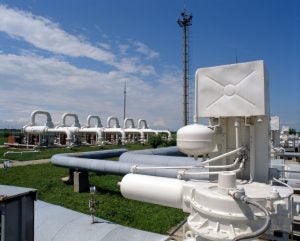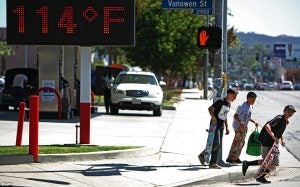 The Federal Energy Regulatory Commission issued an order last December that could force many clean energy resources to bid into the nation’s largest wholesale electricity market, PJM, at artificially high prices. State policy makers, consumer and environmental advocates and the clean energy industry alike spoke out in vigorous opposition. Now, that order is being challenged in the courts. In the meantime, PJM must implement its directives in a process that will shape the future energy system for 65 million Americans in a region that spans 13 mid-Atlantic states and the District of Columbia.
The Federal Energy Regulatory Commission issued an order last December that could force many clean energy resources to bid into the nation’s largest wholesale electricity market, PJM, at artificially high prices. State policy makers, consumer and environmental advocates and the clean energy industry alike spoke out in vigorous opposition. Now, that order is being challenged in the courts. In the meantime, PJM must implement its directives in a process that will shape the future energy system for 65 million Americans in a region that spans 13 mid-Atlantic states and the District of Columbia.
While FERC’s December order was already bad policy — replacing competitive bidding with administrative pricing — many aspects of their mid-April order clarifying that policy are illogical and unworkable. As well as threatening competitive markets, these orders undermine state clean energy choices and, if FERC ignores PJM’s latest proposal attempting to soften the impact of the orders, could increase customer costs by billions.














